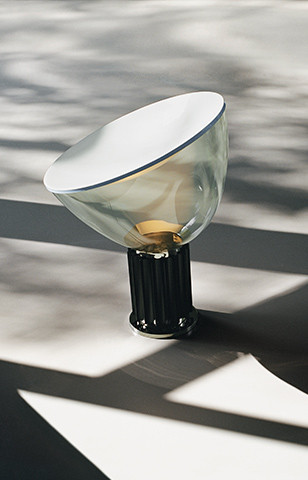DESIGN BY RONAN BOUROULLEC


.jpg?sw=1440&bgcolor=FFFFFF)
New generation Bilboquet
Simple in appearance but full of personality, Bilboquet is an adjustable table lamp that allows you to direct light in a playful yet precise manner. Taking cues from magnetic ball joints, Bilboquet offers a full range of movement for a variety of functions.














.jpg?sw=20&bgcolor=FFFFFF)





























